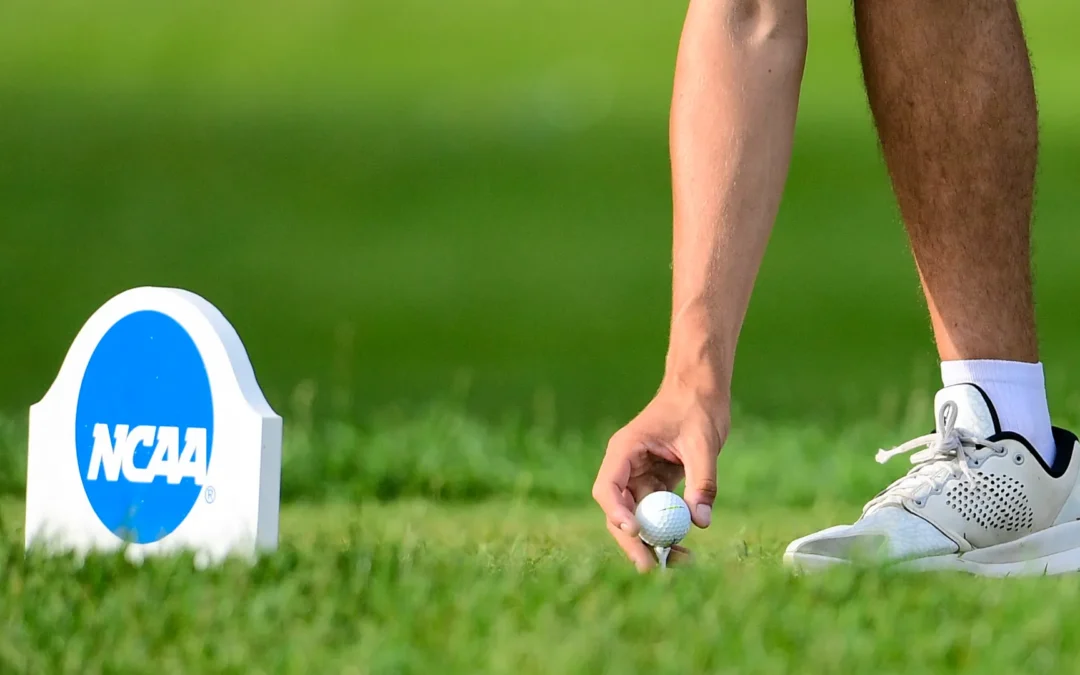The U.S. Department of Education’s decision to rescind the Biden-era guidance on Name, Image, and Likeness (NIL) compensation under Title IX could have significant implications for college sports and athletes, particularly regarding gender equity.
Key Impacts on College Athletes & Sports:
1. Potential Gender Disparities in NIL Compensation
- The Biden administration’s guidance suggested that NIL compensation should be distributed in a way that aligns with Title IX’s gender equity requirements.
- With this guidance rescinded, there is no longer a federal mandate to ensure NIL deals are equally available to male and female athletes.
- This could lead to increased disparities, as male athletes in revenue-generating sports (such as football and men’s basketball) already dominate the NIL marketplace.
2. Effects on Women’s College Sports
- Critics argue that removing the Title IX-based NIL oversight could put female athletes at a disadvantage.
- Women’s sports may struggle to attract NIL opportunities at the same level as men’s sports, impacting financial support for female athletes.
- This change could also influence recruiting, as athletes choosing schools may factor in NIL potential.
3. Recruiting and Competitive Balance Shifts
- Schools with strong men’s programs may gain an even larger advantage in recruiting if NIL opportunities disproportionately favor male athletes.
- Without Title IX constraints on NIL, programs may focus more resources on sports that already bring in significant revenue, rather than ensuring opportunities for female athletes.
4. Legal and Compliance Considerations
- Schools may still face legal challenges if their overall athletic programs show significant gender disparities.
- While Title IX still applies to college athletic departments, the lack of clear NIL-related federal guidance leaves universities to navigate compliance independently.
- Some schools might voluntarily create policies to ensure NIL opportunities are equitable, while others may not.
Long-Term Implications
- This decision could reshape how NIL deals operate, potentially reducing progress made in women’s sports over the last few decades.
- It might push female athletes and advocacy groups to seek alternative legal action or policy adjustments at the NCAA or state level.
- The move signals a shift toward a more laissez-faire approach to NIL compensation, with the market dictating opportunities rather than regulatory oversight.
Bottom Line: Impact on College Golf
- Men’s college golf programs may gain a larger NIL edge, as brands and sponsors may prioritize male golfers with PGA Tour potential.
- Top women’s golfers could still secure strong deals, especially those with LPGA aspirations, but mid-level female players may struggle to attract NIL support.
- Schools with historically strong men’s programs (e.g., Oklahoma State, Texas, Arizona State) may benefit more from NIL expansion, potentially widening the gap between men’s and women’s teams in terms of sponsorships and financial support.
- Recruiting could be affected, as top junior golfers may consider NIL potential when choosing programs, possibly tilting commitments further toward men’s golf powerhouses.
- Women’s golf teams may have to rely more on institutional or donor-driven NIL collectives, rather than market-driven deals, to remain competitive in the NIL era.
Photo Credit: Getty Images
Get your personalized plan with Membership Exclusive Features
JGH offers a subscription package for users seeking a personalized experience. This includes creating a custom college list, matching with programs and coaches, managing tournament schedules, and accessing contact information for every college coach in the country. Click here to learn more.

